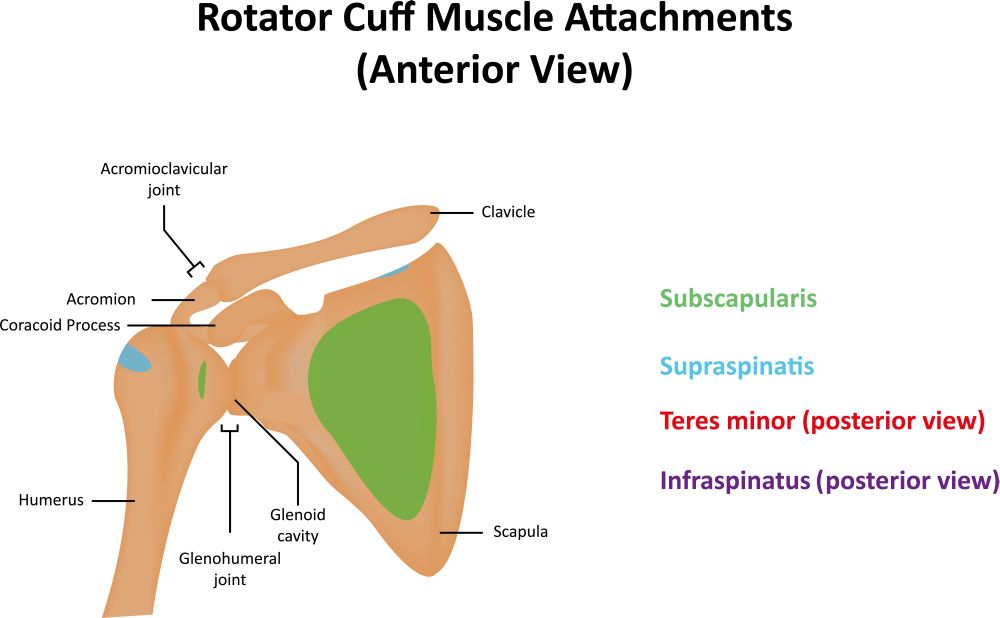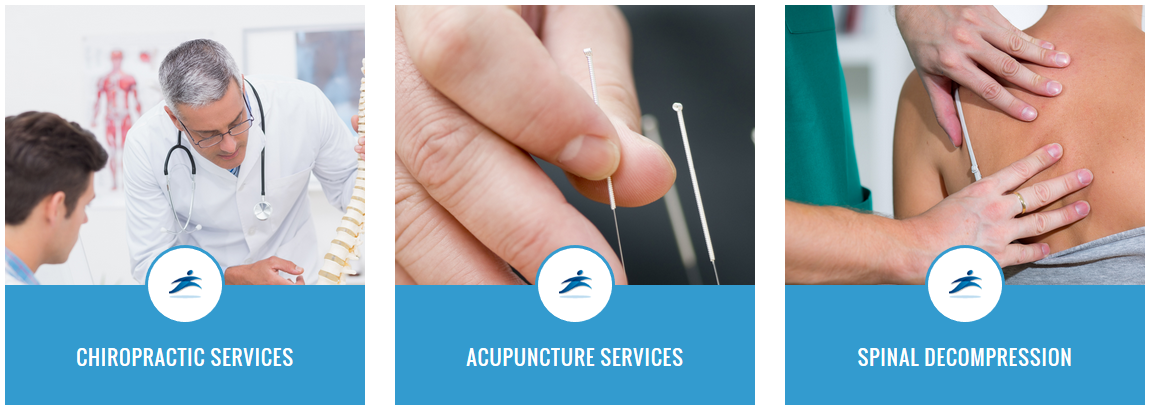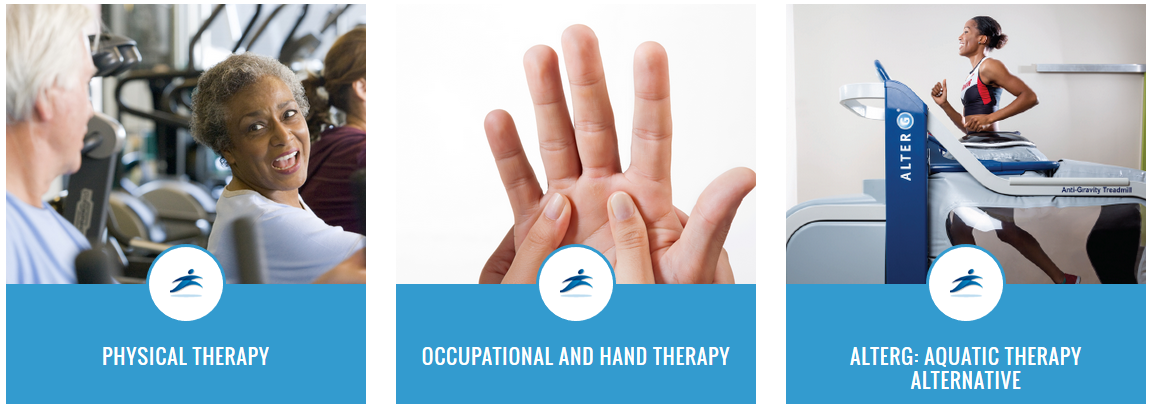You have probably heard of the rotator cuff. Most likely from someone who has injured it playing sports, or some other way. Rotator cuff injuries, especially amongst women are very common. So what exactly is the rotator cuff? It is actually them name to a set of four muscles and their tendons that work together to stabilize the shoulder joint. The four muscles, supraspinatus muscle, the infraspinatus muscle, teres minor muscle, and the subscapularis muscle, originate from the scapula(shoulder blade) and attach to the humerus (long bone of the arm). Each has a specific job but to simplify it just consider them stabilizers of the shoulder joint.
If you think you have a problem with your rotator cuff, give us a call. Our offices in Bergen County(Fair Lawn, Franklin Lakes, Glen Rock, Ho-Ho-Kus/Ridgewood) and Passaic County(Clifton) are able to evaluate and treat your condition right now!
The rotator cuff is a common injury site with tears occurring commonly amongst athletes and older populations. A tear occurs to the tendons attaching the muscles to bone due to trauma, overuse, or just common wear on the tendons over time. Women tend to get rotator cuff injuries because of purses slung over the shoulder. Heavy bags are unstable and can cause unnecessary stress on the shoulder joint leading to injury. Other populations prone to tears include any athlete in a sport where throwing occurs frequently such as pitchers or quarterbacks, powerlifters who bench often, and swimmers.
It is quite common to hurt the rotator cuff especially if you place the joint in an unstable position. Learning to lift and move things properly can help you avoid strain on the shoulder and it also helps to add exercises that will strengthen the muscles and tendons. If you work out often and do any type of pressing movement, you should include rotator cuff strengthening exercises to your regime.
Be sure to do the majority of your rotator cuff work after you are done with your training NOT before. Gentle warm up is fine but not necessary. Instead, focus on warming up the major muscle groups that will be worked on and leave those specific for the rotator cuff until after. Weakening the stabilizers before a heavy lifting session is not a good idea, you want them at their full potential not fatigued.
Specifically the rotor cuff muscles are involved in Abduction of the shoulder (moving away from midline of body), internal rotation, and external rotation. When selecting exercising make sure you keep a healthy balance between all the above movements. The most common exercises are Shoulder Internal Rotation, Shoulder External Rotation, and Y’s and T’s.
Shoulder Internal Rotation
- Roll Up a thick towel and pin it between your elbow and side of your body.
- Stand with a cable next to your working arm.
- Pull the cable towards you while keeping the towel pinned down.
Shoulder External Rotation
- Keep the towel rolled up and pinned by your side.
- Stand with the cable next to your NON working arm.
- Grab the cable with your working arm and pull away from the body while keeping the towel pinned down.

Y’s
- Using a bench or Swiss ball, position it so you can lay on your stomach with a slight incline(can also be done on floor).
- Grab a very light set of dumbbells with your palms facing each other
- Bring up towards ceiling to make a ‘Y’ shape with your arms
T’s
- Stay on the bench or Swiss Ball(can also be done on floor).
- Keep the same light set of dumbbells but this time your palms are facing you.
- Bring them up to your sides to make a ‘T’ shape with your arms.
Keep in mind you are working stabilizers, NOT major muscles. Keep reps high (20+) and do 2-3 sets. You should feel tired but not too fatigued. Allow proper time for these muscles to get used to being isolated. Put these movements in your regime to keep a healthy shoulder!
Please consult your physician if you are experiencing severe pain.
Do you, or someone you know suffer from Rotator Cuff pain?
[standardButton link=”https://spineandsportsmed.com/contact/” margin_top=”0″ margin_bottom=”0″ target=”_self” icon=”” animated=”off” class=””]Contact Us[/standardButton]





